(1984 – 1989) Porsche 911 Carrera 3.2 WTL (Option M491) – Ultimate Guide
The Porsche 911 Carrera 3.2 was the first 911 offering the Turbo’s look for non-turbo cars. When the 911 Carrera 3.2 was launched in 1984 you could get a nice option called the M491 option. That was the internal code for the works turbolook (WTL). Officially called the Supersport in the UK, it was commonly known as the “Turbo-Look” and it was a pretty cool package.
First of all you got the 930 Turbo’s wide fenders and the huge whaletail wing on the back, but your 911 was also quipped with upgraded suspension components, bigger wheels and the superb Turbo brakes. The 911 Carrera 3.2 WTL was immensely popular in the United States. Due to the emission rules, Porsche didn’t offer a 911 Turbo to US customers. So as a US citizen you couldn’t get any closer to a 911 Turbo than with the WTL at that time.
It was a style that resembled the 930 Turbo with wide wheel arches and the distinctive “tea tray” tail. It featured the stiffer suspension shared with the Turbo and the superior Turbo braking system as well as the wider Turbo wheels. Sales of the Turbo-Look were high for its first two years in the United States because the desirable 930 was not available.
The Turbo-Look, received official title in the sales lists, as the 930 Chassis option starting in model year 1984. The order was now possible without the special wish department (as previously). At first, only available for the Coupé, some cabriolets were still ordered with Turbo-Look items without having option code M491 in the internal data sheets (cardex). For these cars the “Sonderwunsch” dept. was once more responsible. From model year 1985 the Turbo-Look option could be ordered on all three models; Coupé, Cabriolet and Targa produced together with the narrow body on the same production line.
The Turbo-Look option package contained: Front fenders of 930 Turbo; which, were attached the same way as the Turbo, first by welding flares to the narrow fender, then from model year 1986 a new, widened fender as a one piece stamped steel part was developed. Side rear 930 widened fenders at the back; which, was attached the same way as the Turbo, first by welding flares to the narrow body, then from model year 1986 a new, widened quarter panel as one piece stamped steel part was manufactured. Porsche service information reads: “The visible from inside weld seam is omitted. The drawing part is now manufactured in one piece” The 930 front apron with Black rubber elastic spoiler with integrated front driving lights. The 930 Turbo rear wing with the black rubber elastic lip of the Porsche 930 3.3 Intercooled model.
One could cancel the front spoiler and back spoiler – first without a change in price; however, later the package price decreased a little. Such vehicles were documented, in addition, with the option M470. If the customer wanted to do without the striking wings, Porsche used GRP aprons instead of the one-piece rubber spoiler in the front area on the right and left, which integrated the fog lights and which were integrated into the fenders and the bellows. The same construction was later used for the 1989 Speedster. Contrary to the official spelling, according to which a front spoiler alone without rear spoiler was never installed ex works, it turned out that the Swiss vehicles with M470 (no front and rear spoiler) were nevertheless delivered ex works with a front spoiler!
More Than Just a Wide-Body
The Turbo-Look packages was much more than just a design package. The package featured the stiffer suspension shared with the Turbo and the superior Turbo braking system as well as the wider Turbo wheels. Sales of the Turbo-Look were high for its first two years in the United States because the desirable 930 was not available, and buyers liked that they got some better hardware.
The Turbo suspension was originally developed from the 3.0 RSR. Caster and negative camber were increased and a connecting pipe made of cast aluminium was installed. The track width increased at the front by 60 mm (with 7J wide rims). Weld-in parts increased the stiffness of convertibles and targa. The one-piece, 20 mm thick version was initially chosen as the stabilizer, but was replaced by a 22 mm thick stabilizer as early as 1985. The rear trailing arms were modified, made of aluminium sand casting, and a track widening of 120 mm (with 8J wide rims) was created. The rear stabilizer had a thickness of 20 mm. In the last year of construction it was then reduced to 18 mm.
The complete brake assembly of the 930 Turbo 3.3, derived for the Porsche 917. Axle brackets and anti-sway bars of the Turbo 3.3 (first 20 mm then 22 mm rear, as well as 23 mm in front). FUCHS Magnesium with dimensions: Front: 7×16 and Rear 9×16 – with Tires 205 55 x 16 and 245 50 x 16 (from Model year 1986). The Turbo-Look option package did not include: Bilstein shocks/struts of the Turbo – Instead the Turbo-Look used the Carrera Boge units. The 930 tie rods of the Turbo. There was no independent chassis number given for the M491/M490 optioned vehicles.
Production Numbers
Initially available just for the coupe, in MY 1985, the Targa and the Cabriolet in Turbo-Look could also be ordered officially. All model variants were manufactured on the production line alongside the regular models until the production of the so-called “G-model” was discontinued in 1989.
- Coupe: 1,397 units
- Targa: 559 units
- Cabriolet: 1,684 units



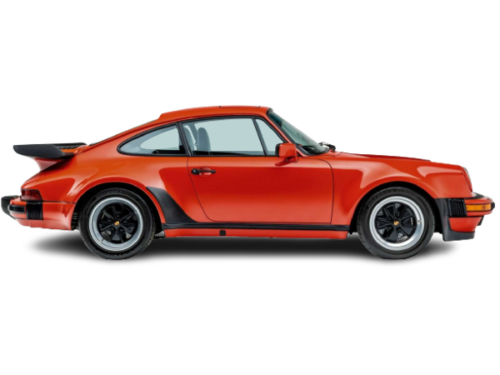
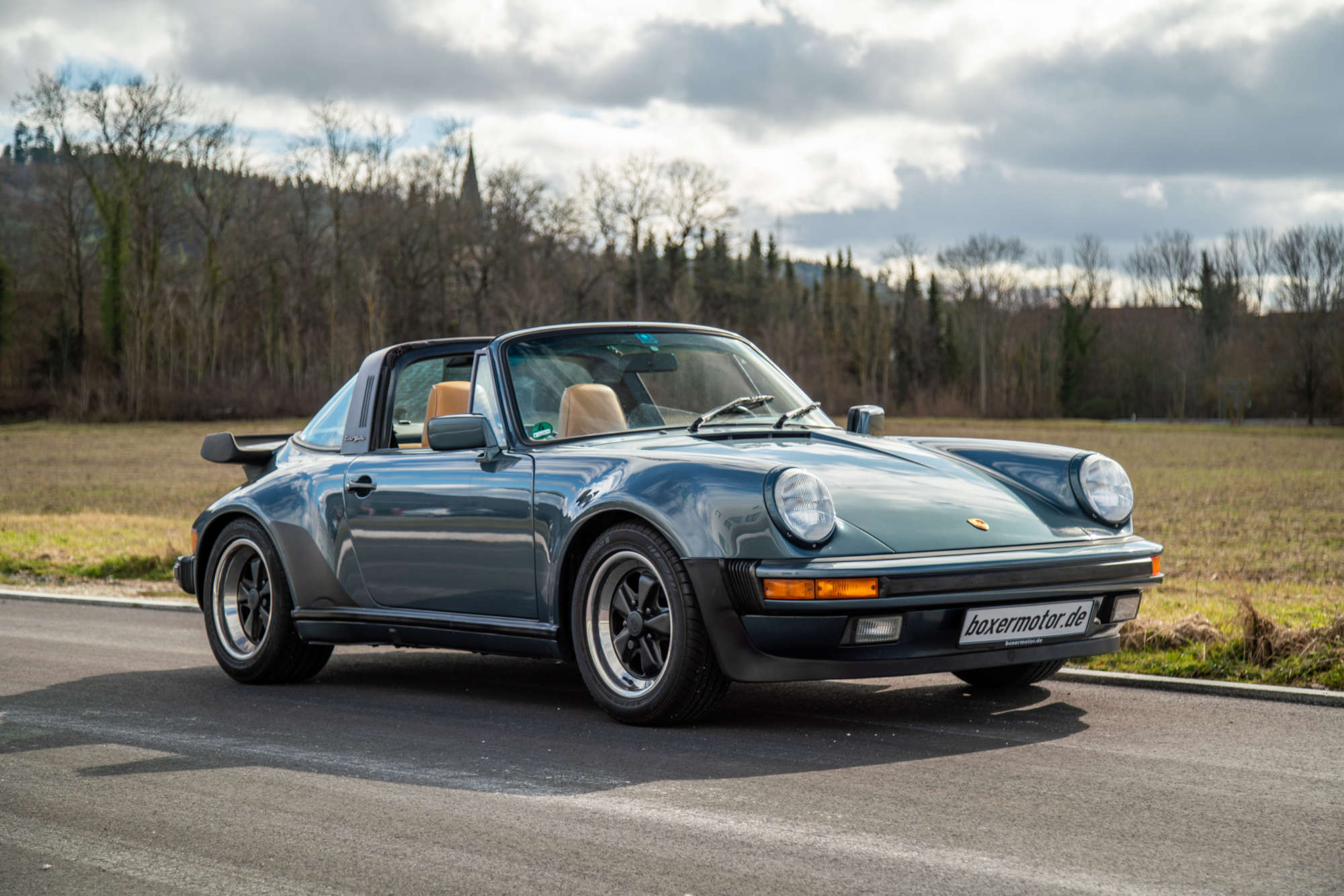

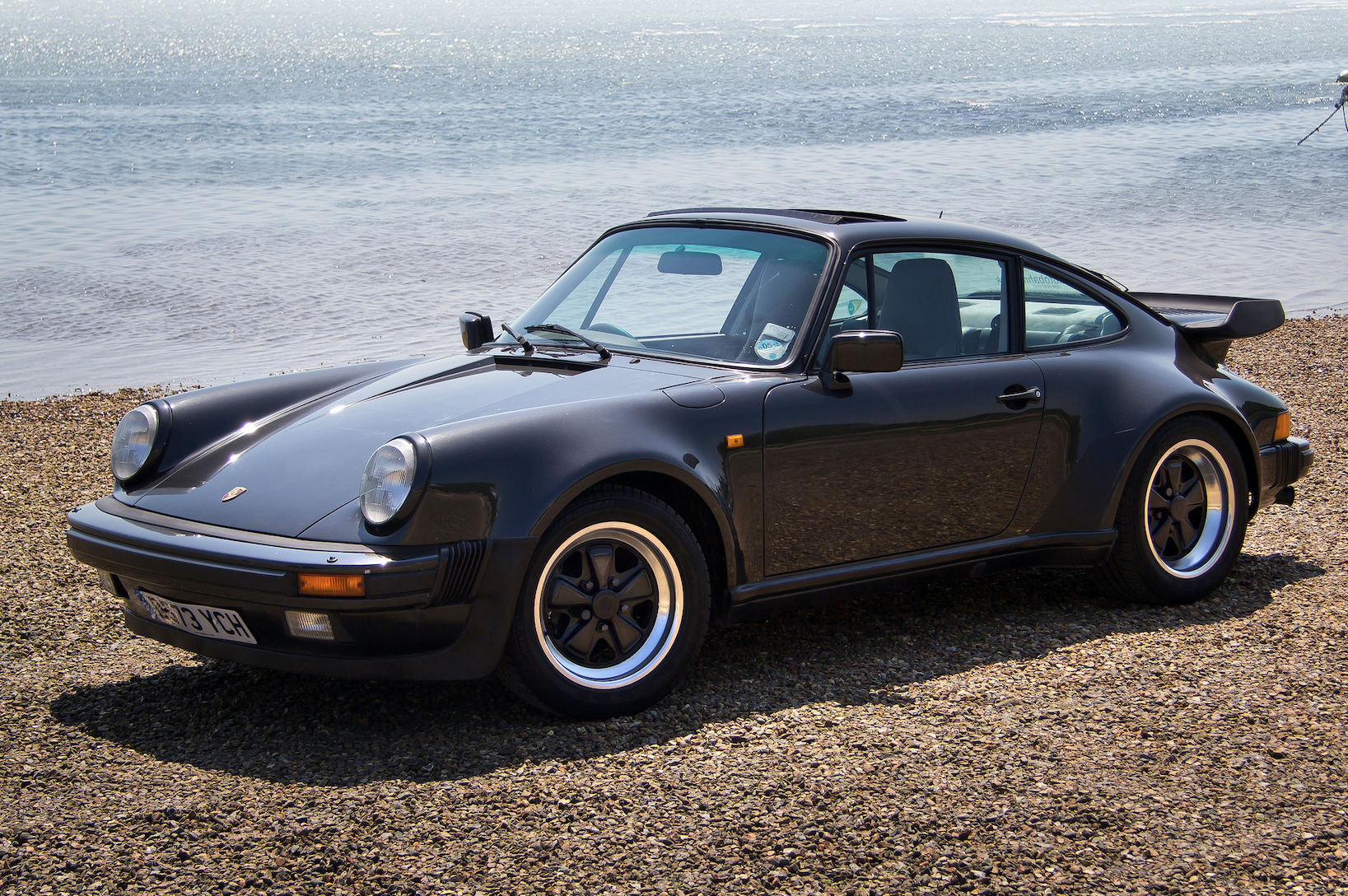

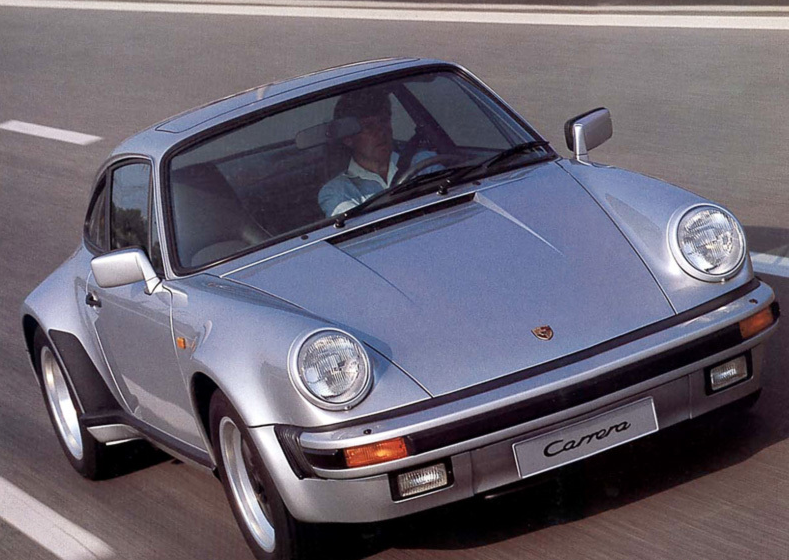
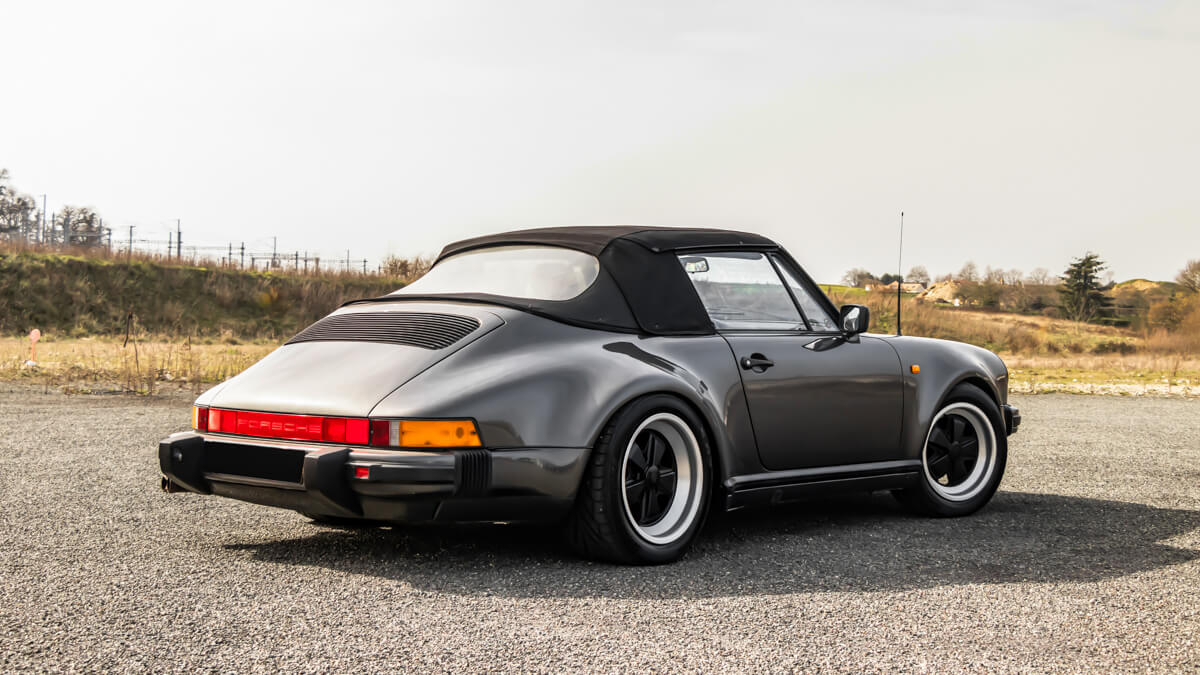
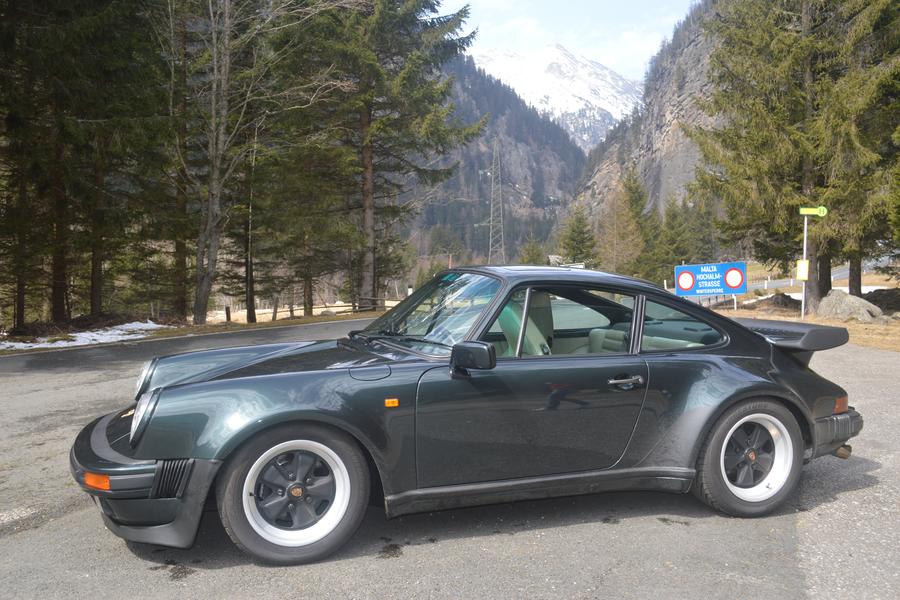









Great education on the M491.
0